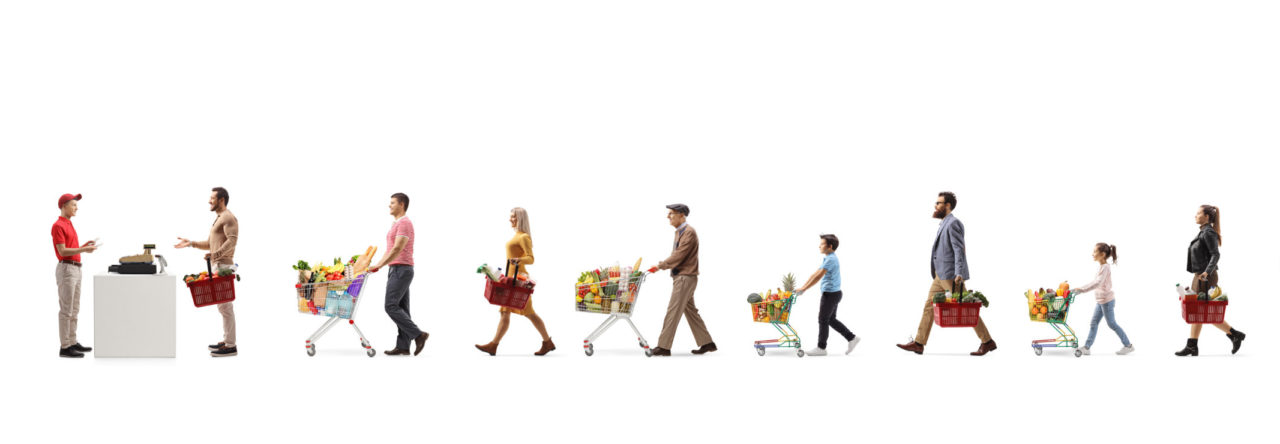
#111: Profits are easier made in buying than selling.
Making additional profit selling requires finding more customers—often difficult and expensive. Improving profits by reducing expenses means doing without something we feel we need. But additional profit in retail purchasing is often a simple matter of asking the right question or proposing the right agreement.
With net margins typically 1-3 percent of revenues, retail purchasing can easily be the difference between profit and loss.

#112: A good salesman makes a bad buyer.
Logic tells us our salespeople could be great buyers. They know the products, know firsthand what customers are asking for and are willing to pay, and are experienced negotiators.
Yet good salespeople are usually terrible choices for buyers. Their empathy with salesmen makes them reluctant to send anyone away without an order. Their social personalities are alien to detail—they lack the patience to maintain and study inventory records, calculate returns, project future sales and reorder points, maintain purchase order records, and process invoices.
But why distract a good salesman with order duties anyway? They’re too rare and valuable to take them away from customers.

#114: Better pricing takes many guises.
A supplier’s market is rarely easier than a retailer’s; they too have to hustle and scrap for new customers and added sales. Most keep a few closing concessions handy to throw in when needed to get an order. Often it’s an extra discount, an introductory price, or some special-situation merchandise.
When a vendor insists there is only one price for his products, he often maintains flexibility in other aspects of the sale: extended terms, free freight, return options, mark-down money, promotional products, giveaways, displays, etc.
Advertising co-op is a popular technique that “one-price” suppliers use to give extra discounts in retail purchasing. The terms for claiming it can be extremely loose—sometimes it’s simply deducted as a percent of each purchase.

#115: Reorder is a job for computers.
We can’t sell it if we don’t have it, and computer software is the most effective, reliable, and efficient way to ensure we have it.
Looking around for what’s low and “Tell me what you sold,” hardly qualify as business systems. We’d miss sales due to stock-outs and stock more of many items than we need. Making hand counts before each order is feasible only for the smallest of inventories. Few markets will forgive such inefficiencies.
Good business software keeps track of what we have and what we’ve sold. From these we can calculate and set the quantities we want to stock. The automatic reorder function creates recommended purchase orders calculated by comparing inventory on hand to the ideal quantities we set.
Such a system can track thousands of SKUs continuously, without forgetting or overlooking any of them.
Previous: Inventory Management
Next: Brands
Retail Truths is available in print and Kindle at Amazon.com
